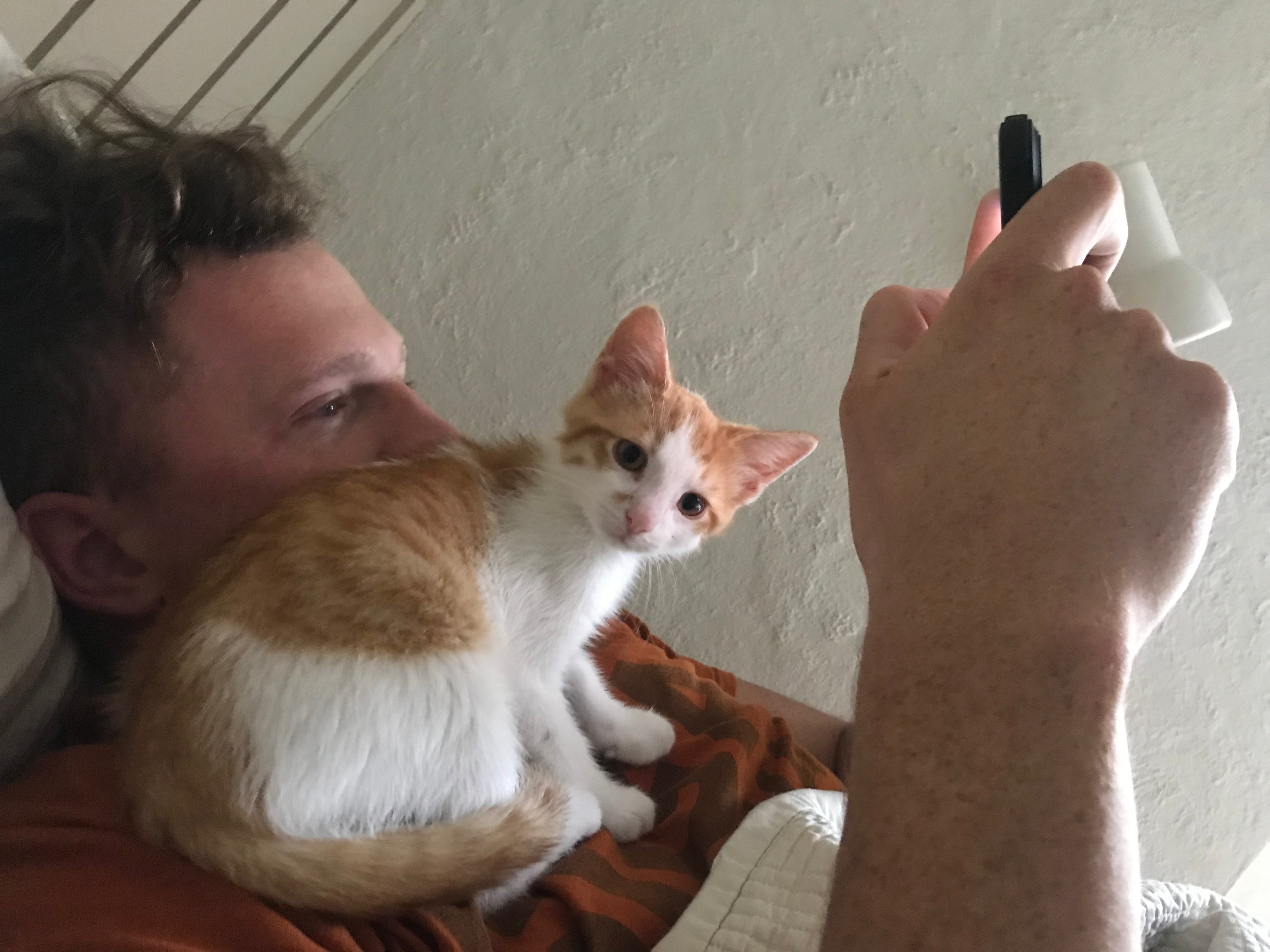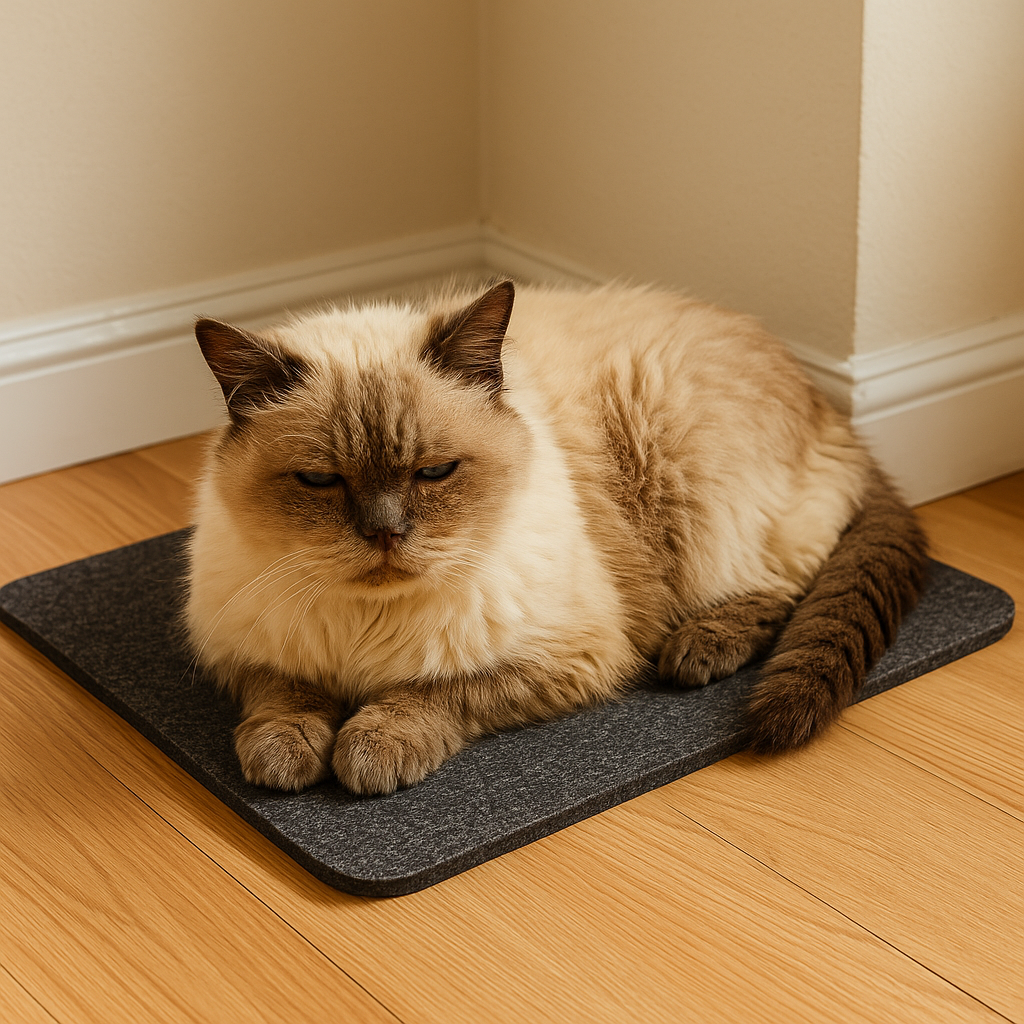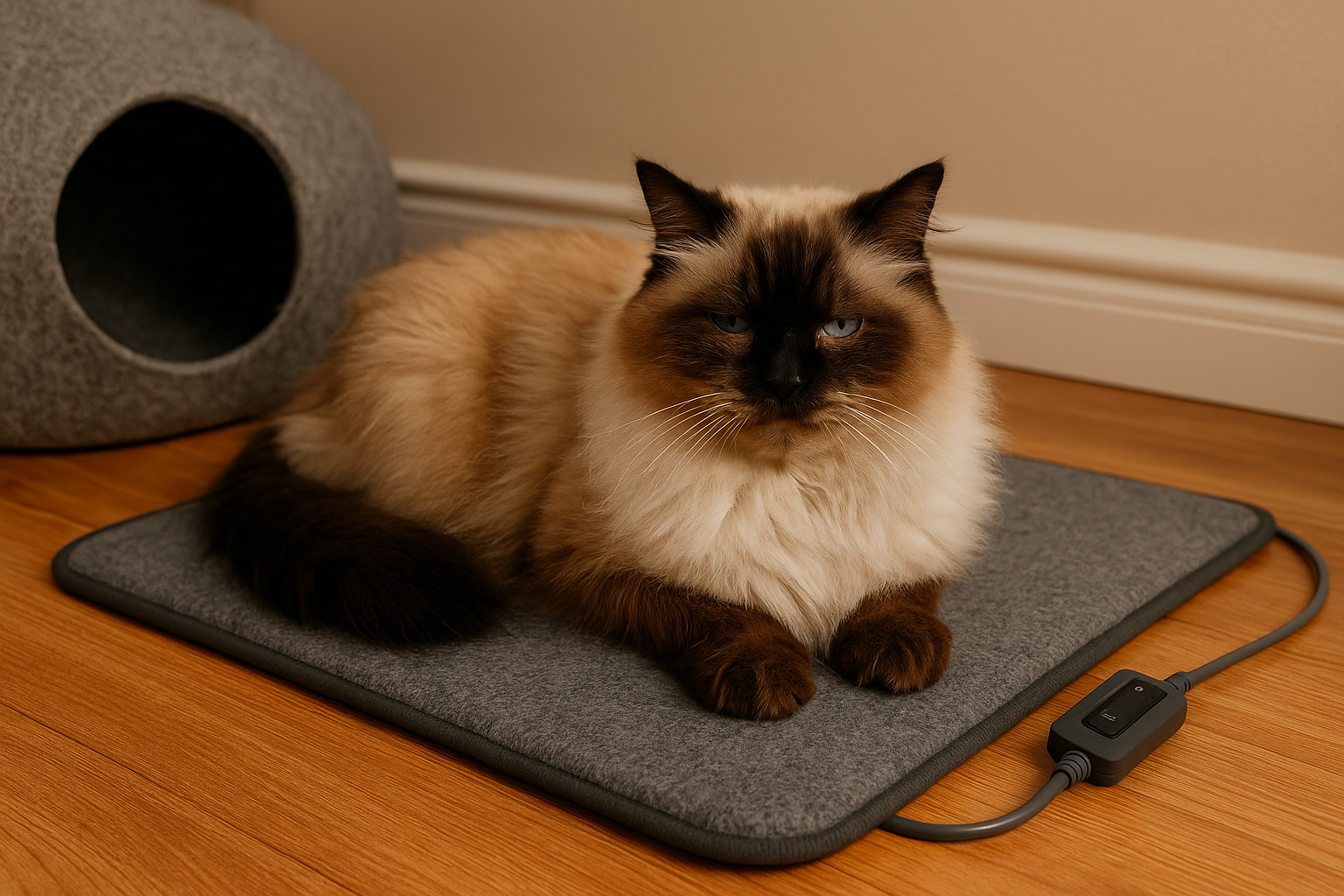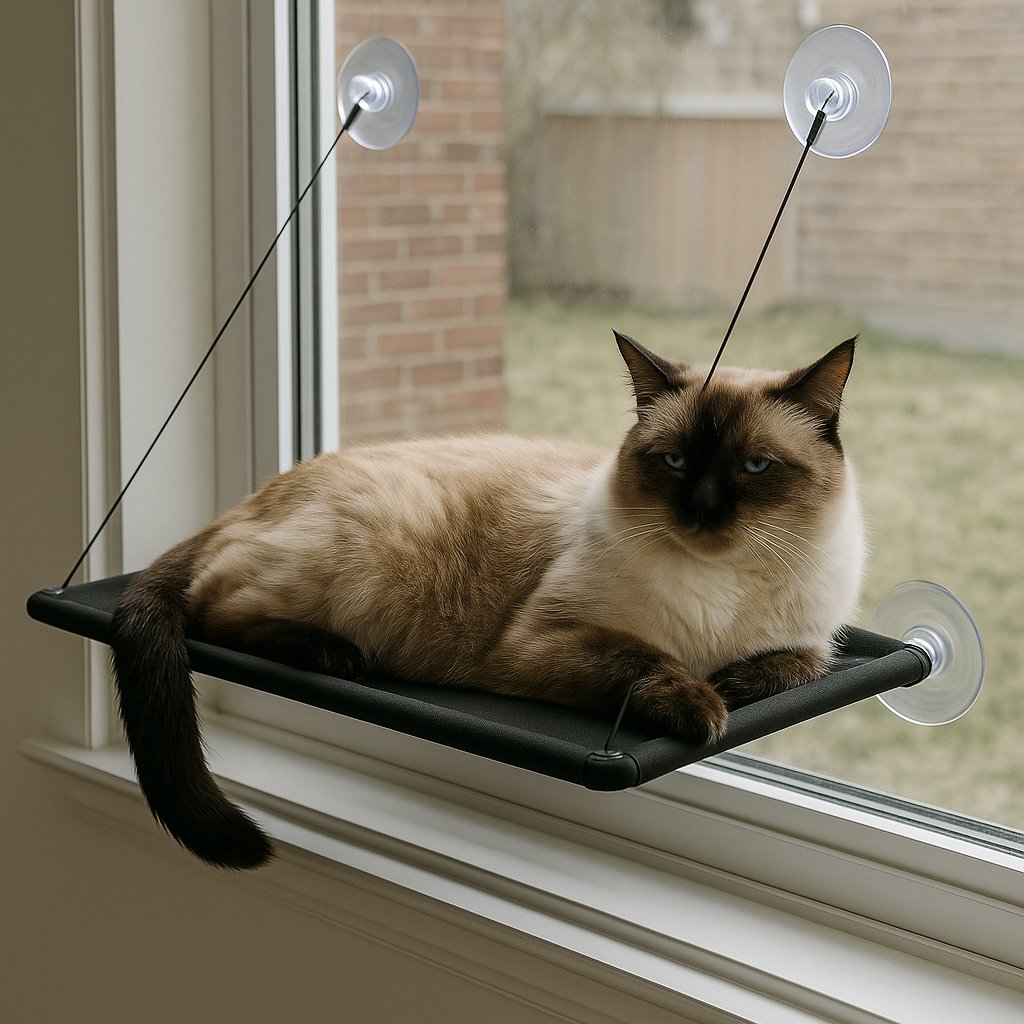Why Cats Purr in 2025: Vet Approved Guide to Feline Behavior 🐱💛

In this article
Why Cats Purr in 2025: Vet Approved Guide to Feline Behavior 🐱💛
By Dr. Duncan Houston BVSc
Cats are mysterious and charming creatures, and one of their most distinctive behaviors is purring. This soft, vibrating sound is more than just a sign of contentment—it can convey a wide range of emotions and even serve health-related purposes.
Purring is produced by the rapid contraction and relaxation of the muscles within a cat’s larynx (voice box) and diaphragm. The vibrations usually range between 25 to 150 cycles per second, creating the soothing, rhythmic sound that cat lovers adore.
1. Contentment and Happiness 😺💖
The most common reason cats purr is to express contentment. When your cat is:
-
Relaxing on your lap
-
Being gently petted
-
Enjoying a sunny window perch
it may emit a gentle purr to show that it feels safe, comfortable, and happy. This is often accompanied by kneading, slow blinking, and relaxed body posture.
2. Communication 🗣️
Cats also use purring as a communication tool:
-
Mother cats purr to comfort and guide their kittens, especially in the first weeks of life.
-
Kittens purr back to signal their presence, contentment, or hunger.
-
Adult cats may purr to communicate friendliness or reassurance to humans and other animals.
Purring is a subtle way for cats to interact without using aggressive or loud vocalizations.
3. Healing and Health Benefits 🩹
Believe it or not, purring may help cats heal. Research suggests that the vibrations produced during purring:
-
Promote blood circulation
-
Reduce inflammation
-
Stimulate tissue regeneration and bone strength
Some scientists believe cats may even use purring to self-heal after injury or illness, making it a fascinating example of nature’s design.
4. Stress Relief and Self-Soothing 🧘♀️
Cats might also purr when they are anxious, frightened, or in pain. In these situations, purring acts as a self-soothing mechanism, helping cats stay calm and manage stress. You might notice your cat purring:
-
At the vet’s office
-
During thunderstorms or fireworks
-
After a minor injury
This behavior is similar to how humans might hum, rock themselves, or breathe deeply when stressed.
5. Seeking Attention or Help 🐾
Cats can also purr to grab your attention. They may want:
-
Food or treats
-
Affection and petting
-
Assistance when uncomfortable or ill
Interestingly, some studies suggest cats may use a special “solicitation purr”, which has a slightly higher pitch to trigger nurturing responses from humans.
Additional Tips for Cat Owners
-
Observe Context: Understanding the reason behind your cat’s purr requires observing their body language and surroundings. Relaxed posture usually means happiness, while tense or hiding behavior may indicate stress or discomfort.
-
Encourage Positive Purring: Regular petting, playtime, and a safe environment can promote contentment and frequent purring.
-
Know When to Seek Help: If your cat purrs while showing signs of pain, illness, or unusual behavior, consult a veterinarian to rule out medical issues.
Conclusion
Cats purr for many reasons, from expressing happiness to self-healing and stress relief. The purring sound, generated by the rapid contraction and relaxation of their laryngeal and diaphragmatic muscles, remains one of the most fascinating aspects of feline behavior.
Next time your cat curls up on your lap and starts purring, remember—it’s not just a sound of contentment. It could also be a subtle form of communication, a soothing mechanism, or even a natural healing process. 💛🐱








